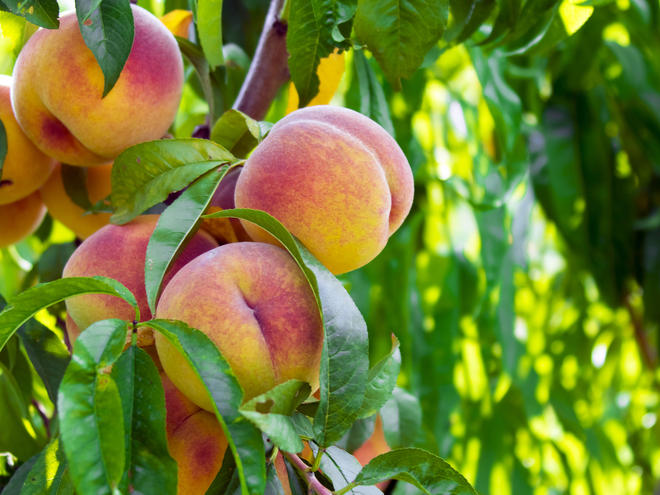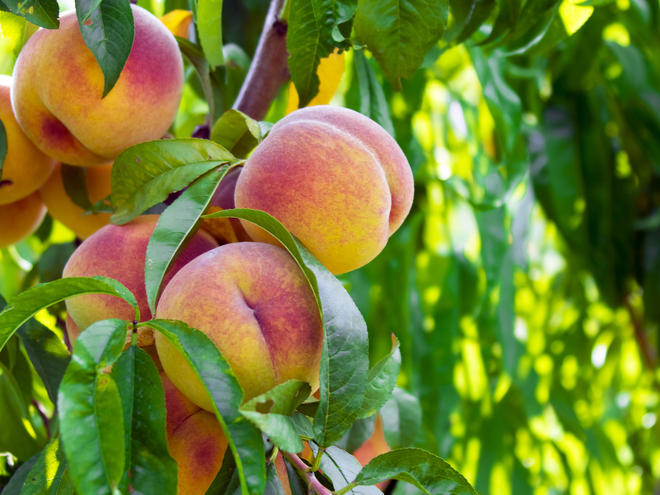WWF examines the loss of produce on farms and pathways to change
Published by the World Wildlife Fund

It’s a familiar feeling: you open the refrigerator door only to find that the greens you purchased several days ago—and unfortunately forgot about—have wilted beyond the point of use. Into the compost or trash bin it goes.
But did you know that food loss can occur long before you even buy it? In a new study, WWF zoomed in on 35 farms across the country to assess how much produce never leaves the field after harvest. During the 2017-2018 growing season at a sample of farms in Florida, New Jersey, Idaho, and Arizona, we found that 40% of tomatoes, 39% of peaches, 56% of romaine lettuce, and 2% of potatoes grown to be processed into other food (like French fries) were left behind, often due to weather, labor costs, or market conditions.
The report also highlights the potential to make fruits and vegetables more available in the US by making better use of what farmers already produce.
Home grown
Between 60% and 75% of fresh produce available in the US is grown domestically. That means farmers, retailers, and consumers here at home can help ensure less food is lost as it moves from farm to plate.
Why does food loss happen?
Often faced with hardships and economic losses, farmers must decide whether to grow more produce than they can sell under contracts with grocers and other retailers, with the understanding that some of that harvest will remain in the field. They also must decide whether to rescue edible but unmarketable produce—perfectly fine food that doesn’t meet the product quality standards—or to allow outside organizations and gleaners to rescue this produce, which often happens at a cost to the farmer. Farmers also face shifting labor dynamics, challenging market conditions, increasingly unpredictable weather patterns and quality standards that can make it difficult to find markets for all produce coming out of the field.
When crops are left in field, they most often get tilled back under the earth to re-enrich the soil or serve as animal feed. That’s not the worst fate for lost crops, but the energy, water, and other resources that went into growing this produce goes to waste.
Food waste and the climate
When we produce food that goes uneaten, we release unnecessary greenhouse gasses into the atmosphere—and a lot of them. Agriculture, forestry, and other land uses account for about 12 billion tons of greenhouse gas emissions each year; only the energy sector emits more. And food waste alone accounts for about 8% of the greenhouse gas emissions caused specifically by humans. That’s why at this September’s Global Climate Action Summit, WWF will herald the Forest, Food, and Land Challenge, calling for action to improve food production and consumption, better conserve forests and habitats, efficiently use land, and for people across these sectors to work together to deliver up to 30% of the climate solutions needed by 2030, as identified by the Paris Climate Agreement.
But for lands like farms to be part of how we address climate change, we need to better understand how they’re being used (and sometimes abused). WWF will continue to study food loss on farms and at other points from the farm-to-plate journey. We’re also exploring how to rescue and effectively use extra produce. As we learn more about what causes food loss and where it happens, we can recommend the changes needed on the farm, at the store, and in our own homes that will allow us to use more of what we grow.
Read the full article at: http://feedproxy.google.com/~r/WWFStories/~3/_XReytvvbc0/wwf-examines-the-loss-of-produce-on-farms-and-pathways-to-change


